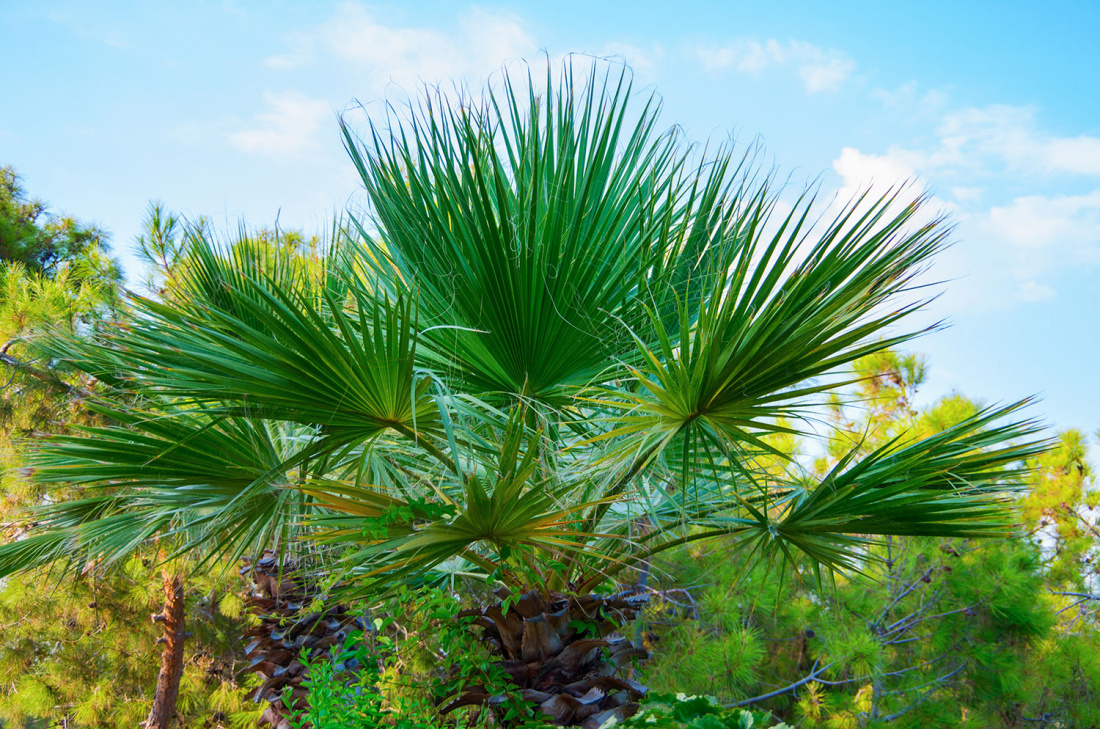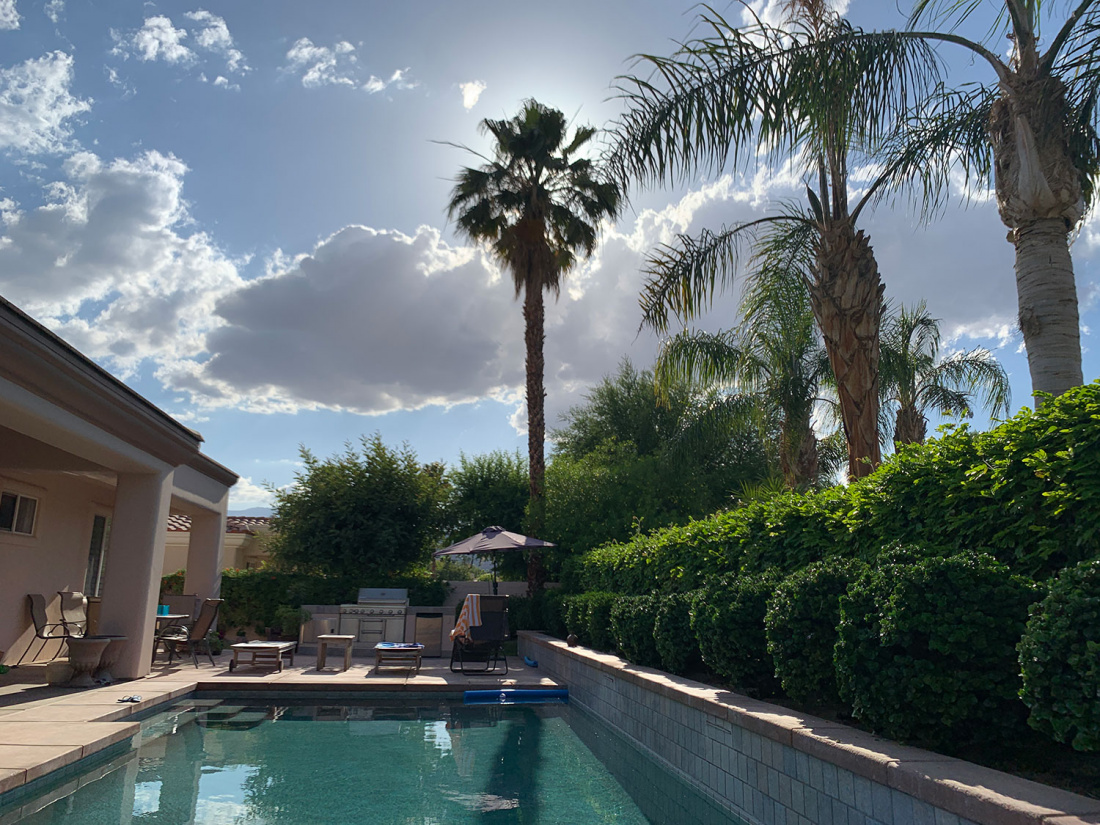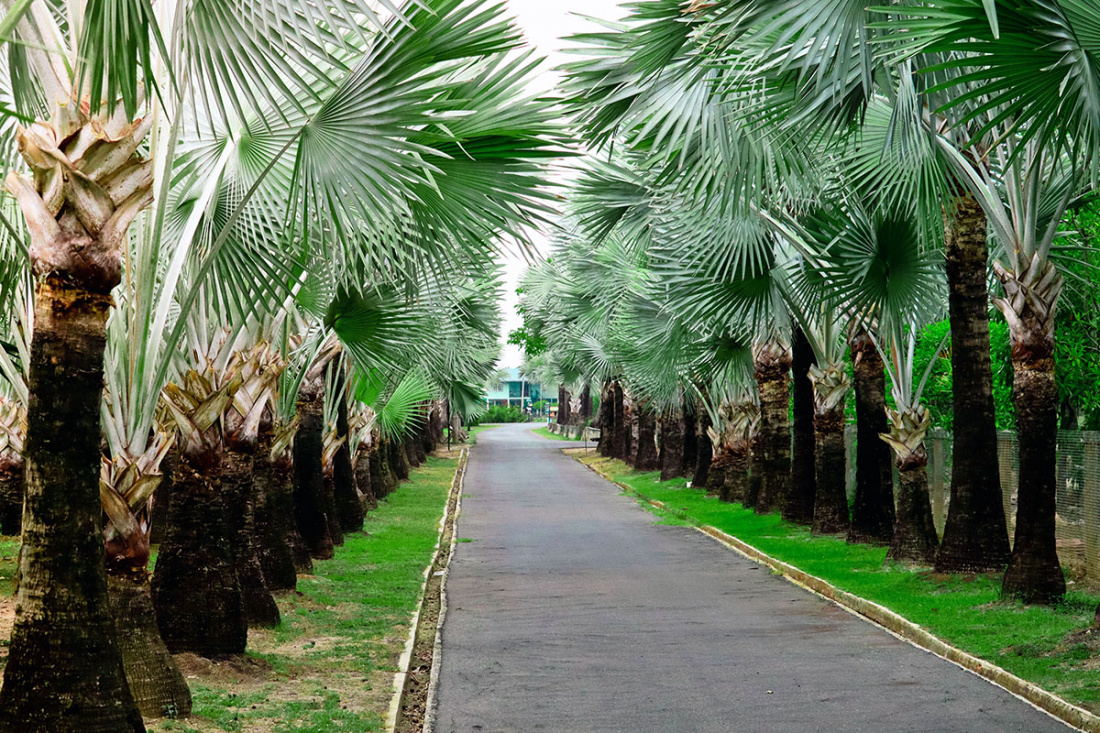Over the course of the pandemic, one thing that has gained particular popularity is gardening. Around the world, people with more free time and fewer places to go turned their attention toward pots and plants. If you're part of the growing group that is going green, you may be wondering what kind of plants would be good to add to your home.
Palm trees make a fantastic addition to your garden. They can add a touch of the tropics to any space, and they come in a wide variety of different types. But what about palm tree growth?
If you've decided you'd like a palm tree in your garden, you must then choose whether to grow your own palm tree or buy a mature one and plant it. The answer will depend on the type of palm you want, as well as how much time you have on your hands.
Read on for a comprehensive guide on the growing speeds of different palm trees, and which one could be perfect for your home or garden.

Slower Growing Palms
Our list starts off with the slower-growing varieties out there. These palms would be perfect for those who want to create their garden from the ground up, but don't mind waiting a little longer for something extra special. If you just can't wait, then there's always the option of planting them when already mature.
European Fan Palm
The European Fan Palm is a slow-growing palm that's hardy to boot. Its striking green fan-like leaves make an attractive addition to gardens of all types.
If you're looking for a palm that will grow slow but last the test of time, then this one could be for you. Younger plants grow about 10 inches a year, but gradually slow down as they mature.
Lady Palm
Also known as the Rhapis species or the Parlour Palm, the Lady Palm is popular as an indoor plant. Smaller and perhaps less hardy than the European Fan Palm, it is still relatively easy to care for.
This type of palm grows at a rate of around three to ten inches per year when planted outdoors. Indoors the growth rate tends to be much slower.
Canary Island Date Palm
A member of the Date Palm family, the Canary Island Date Palm is also known as the Phoenix canariensis. As its name would suggest, is native to the Canary Islands, off the coast of northwestern Africa. In contrast to the above two contenders, this is not a low-maintenance palm.
When nurtured correctly, it is a beautiful specimen. However, the Canary Island Date Palm is only likely to grow to around 10 feet during its first 15 years, and as such is a very slow-growing palm.

Faster Growing Palms
If you've got no time to waste, then you may be wondering about some of the faster growing varieties of palms. Don't worry, due to their origins and evolution, when it comes to palms, there are lots of fast growing varieties to choose from.
Foxtail Palm
The Foxtail Palm hails from Australia, and though it thrives in warmer, tropical climates, it is resilient in nature and can do just as well in cooler weather. It is suitable for both indoor or outdoor planting.
It is also quite a fast growing palm. Typically, it grows over a foot a year and has been known to reach its full height (up to 32 feet when outdoors) in less than 20 years.
Carpentaria Palm
The Carpentaria Palm is not quite as hardy as the foxtail palm, but that doesn't mean it's high maintenance, either. In the right conditions, it is not only quick growing, it is a very tall growing species as well.
This species had been known to reach heights of well over 100 feet. It is also capable of growing at an impressive rate of around 6 feet per year.
King Palm
The King Palm is native to parts of Asia and Australia. It is also known as the Alexandria Palm, a name it was given in honor of Princess Alexandra of Denmark. It bears both flowers and fruit, and it striking in both its appearance and stature.
The King Palm is one of the fastest growing palm trees. It can achieve growth rates of 25 feet in around 10 years, before reaching a maximum height of around 40 feet. It requires specific conditions to do so, however.

To Plant or to Grow?
When deciding whether it is better to plant an already mature palm, or grow your own, there are a number of factors you should take into account.
The first is which type of palm you want. If you have your heart set on one particular type, this may dictate your next move in terms of whether you want to plant or grow.
If you do have a particular palm in mind, you should take into account its individual needs. Are you prepared to supply it with the attention, conditions, and space it needs to grow properly? If not, planting an already mature specimen might be a better option.
Then, think about your desired timeline. Would you like a ready-made garden you can enjoy right away? Or would you prefer to cultivate something from the ground up, happy to wait patiently until it reaches maturity?
Whatever you do decide, be sure to do plenty of research into your chosen species before you make any purchases. You should ensure that whatever palm you do buy, you'll be able to give it the love and care it deserves.
Palm Tree Growth 101
Now that you've learned a little bit more about palm tree growth, as well as palm tree care and cultivation, hopefully, you'll find it easier to make your choice. If you'd like to learn more about palm trees, or any other kind of garden plants, please have a look at our Plantabase, or check out the rest of our Gardener's Blog.


